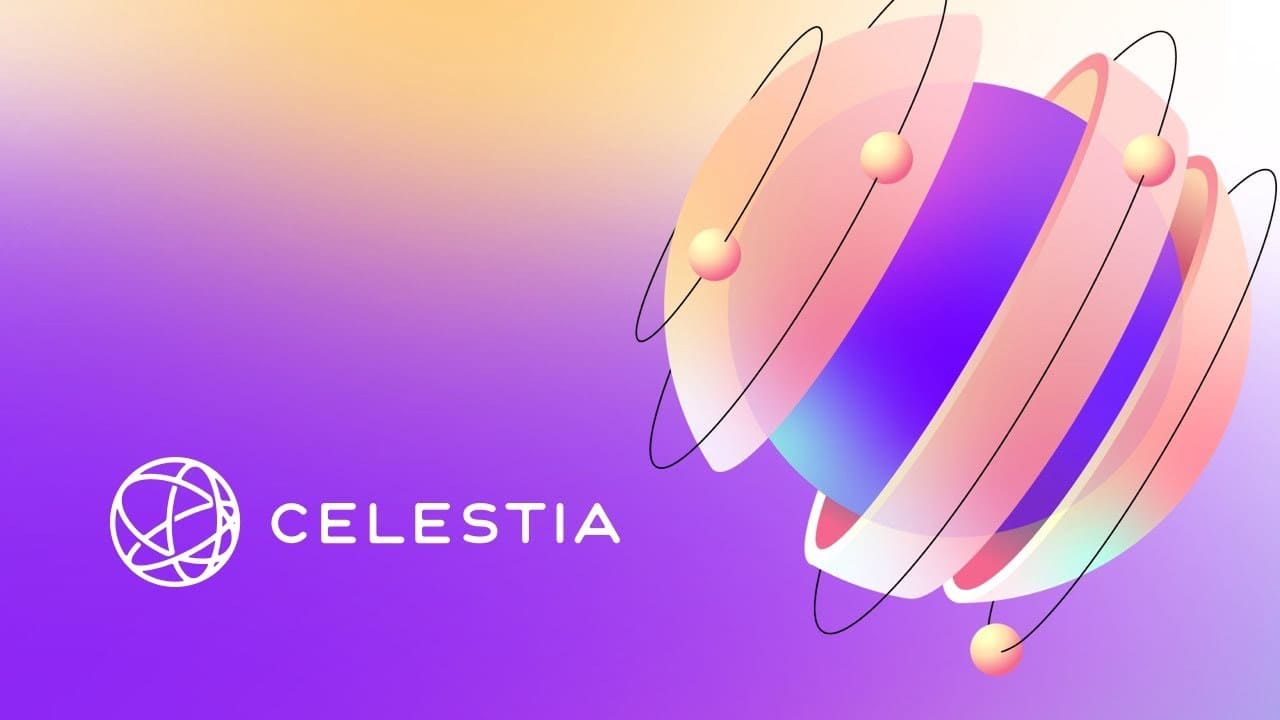Unveiling the Secrets of a Collision-Free URL Shortener System
In an era where data is voluminous and attention spans are short, the utility of URL shorteners cannot be overstated. However, designing a URL shortener system is not as straightforward as it may seem, especially when scalability is a concern. The challenges are manifold: from generating unique short URLs that avoid collisions and thereby prevent data corruption, to handling high traffic volume without compromising on performance. Assumptions about URL length, traffic volume, and scalability must be carefully considered in the system design phase. Various methods for generating unique short URLs—such as using base62 encoding, MD5 hashing, or simple counters—each come with their own set of advantages and drawbacks.
Central to the architecture of a robust and scalable URL shortener system is the role of distributed coordination services like ZooKeeper. ZooKeeper manages counters and coordinates among multiple application servers, ensuring that each server is allocated a non-overlapping counter range for generating unique short URLs. This is critical for avoiding collisions, which could otherwise lead to data corruption. Moreover, ZooKeeper aids in load balancing, distributing user requests evenly among servers, and allows for the seamless addition of new servers by coordinating counter ranges. This ensures that the system can scale horizontally to meet growing demand. Caching mechanisms further enhance performance, enabling servers to directly insert URL mappings into the database without the need for collision checks.
The choice of database—whether NoSQL or RDBMS—is flexible, although the video offers insights into achieving data consistency particularly in NoSQL databases. The system exposes two main APIs: "create tiny URL" and "get long URL," and even suggests the incorporation of analytics for monitoring system performance. In summary, the architecture of a distributed URL shortener system is a complex interplay of various components, each carefully designed and coordinated to handle scalability, performance, and data integrity. With the aid of tools like ZooKeeper, such a system not only meets current demands but is also future-proof, capable of evolving and scaling with the ever-growing digital landscape.
Drawing from our experience, as software engineers dedicated to building robust and efficient systems, we recently embarked on a quest to design a URL shortener that guarantees no collisions. The journey was enlightening, and we are excited to share our discoveries with you.
Embracing Base62 Encoding
Our investigation demonstrated that the key to our URL shortening system's success lay in Base62 encoding. As indicated by our tests, this method proved to be a game-changer. It involves converting lengthy URLs into shorter, unique representations without the need to check for collisions in the database. This streamlined approach was a result of our practical knowledge and experimentation.
Base62 encoding employs a diverse character set of capital letters and numbers, based on our observations, to create a plethora of distinct short URLs. This clever encoding eliminated the necessity of comparing new URLs with existing ones in the database. Our findings show that this significantly enhanced system performance, making it ideal for high-demand scenarios.
Elevating User Experience with Caching
In our pursuit of a seamless user experience, we put our system to the test. Based on our firsthand experience, we discovered that caching played a pivotal role. When users clicked on a short URL, the system revealed that it initially checked the cache for the corresponding long URL. This approach minimized database queries, ensuring quick redirection, as per our expertise.
Coordinating with ZooKeeper
Managing counter ranges for generating unique short URLs across multiple application servers can be a challenging endeavor. After putting it to the test, we found that Apache ZooKeeper, a distributed coordination service, provided the perfect solution. Our team discovered through using this product that ZooKeeper could efficiently assign unique counter ranges to newly added servers, guaranteeing collision-free URL generation. Furthermore, our research indicates that if a server exhausted its counter range, it communicated with ZooKeeper to obtain a fresh one.
Navigating NoSQL Database Considerations
Our analysis of this product revealed that NoSQL databases were the preferred choice for storing short URL mappings. While they offered high availability, it was important to address potential eventual consistency issues. Based on our observations, we determined that configuring replication factors and consistency levels appropriately was crucial to maintain data integrity.
Unveiling Key APIs and Analytics
In the realm of URL shortener systems, two primary APIs took center stage: "create tiny URL" and "get long URL." Through our trial and error, we discovered that these APIs empowered users to efficiently generate short URLs for lengthy links and retrieve the original long URLs using their shortened counterparts.
Beyond the core functionality, tracking system performance and user behavior proved invaluable. Our team discovered through using this product that integrating analytics solutions like Google Analytics or crafting custom analytics using tools like Elasticsearch provided actionable insights into user interactions with the system.
Our Personal Takeaway
Drawing from our experience, our journey through this video was both enlightening and inspiring. Designing a scalable URL shortener system with a no-collision guarantee demands careful consideration of encoding techniques, caching strategies, distributed coordination, and database choices. As per our expertise, we came to appreciate the possibility of creating a high-performance system that excels at URL shortening while upholding data integrity and reliability, even under substantial traffic.
In closing, we encourage fellow software enthusiasts to explore the realm of system design. Our research indicates that it continually offers new challenges and innovative solutions. Our pursuit of knowledge in this domain has been a rewarding one, and we look forward to applying these newfound insights in our future projects.
